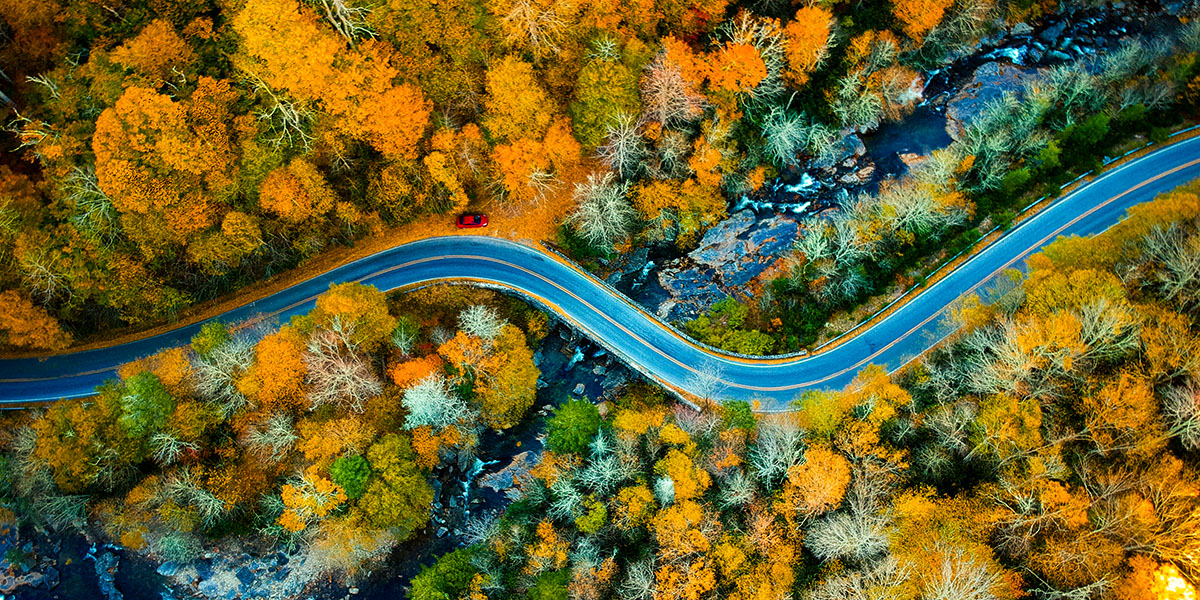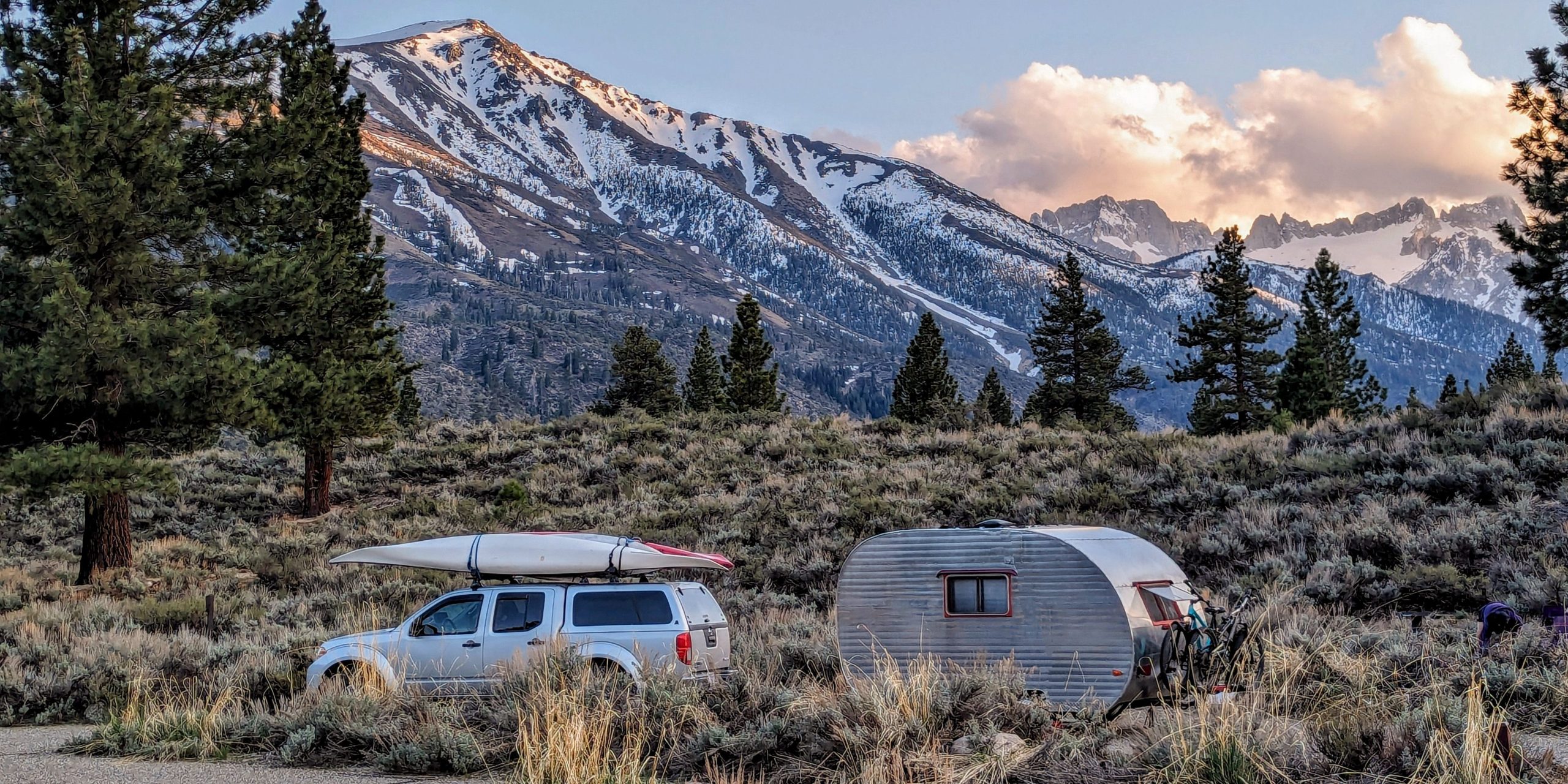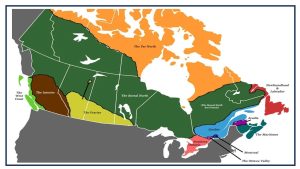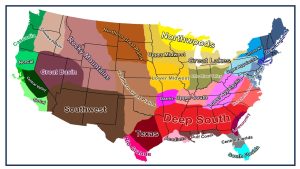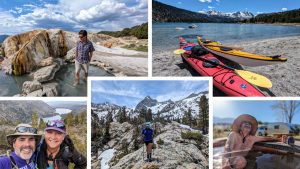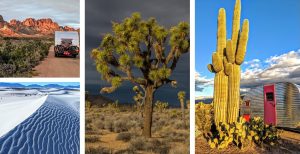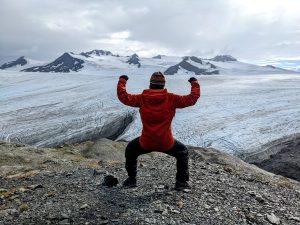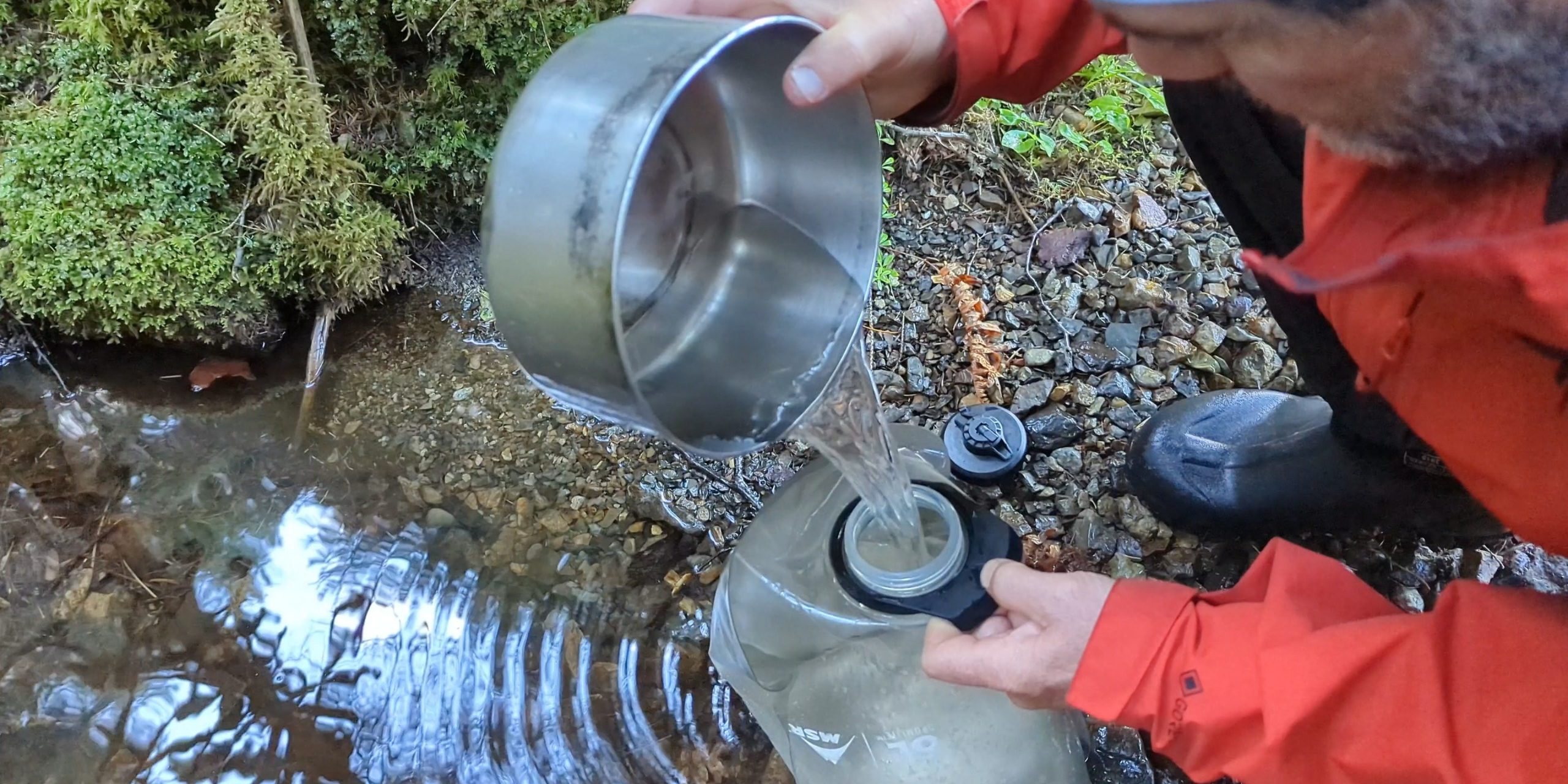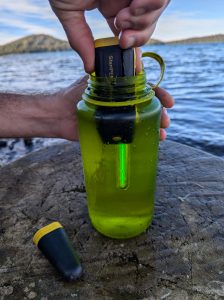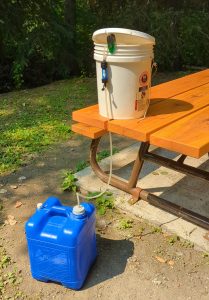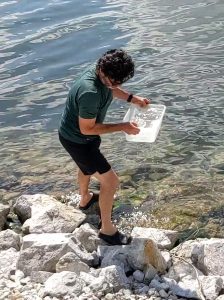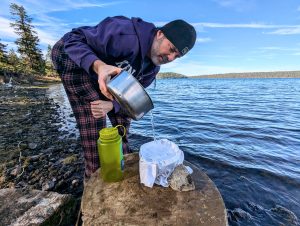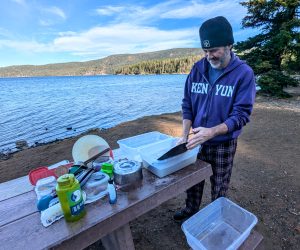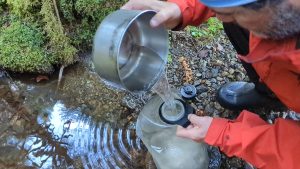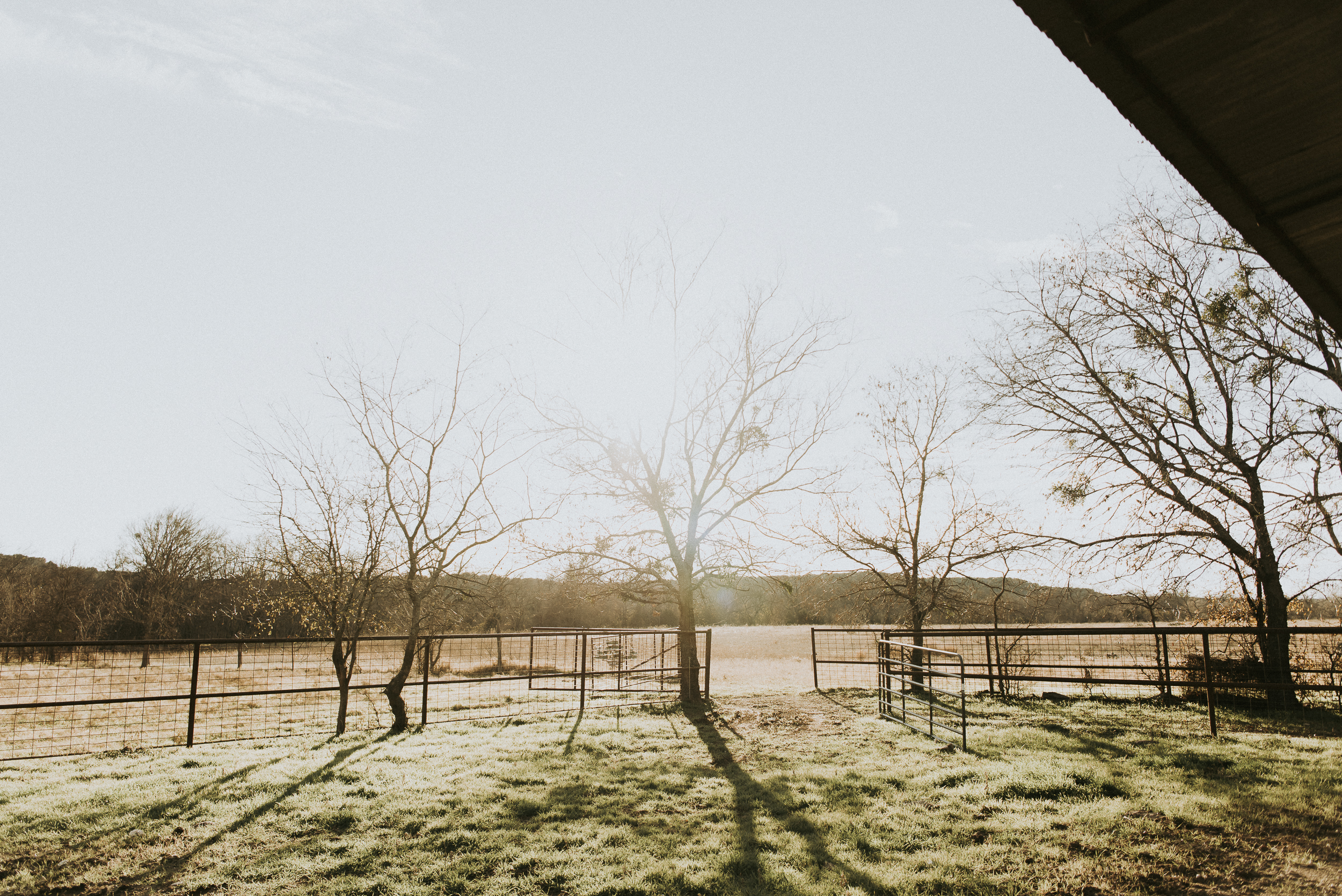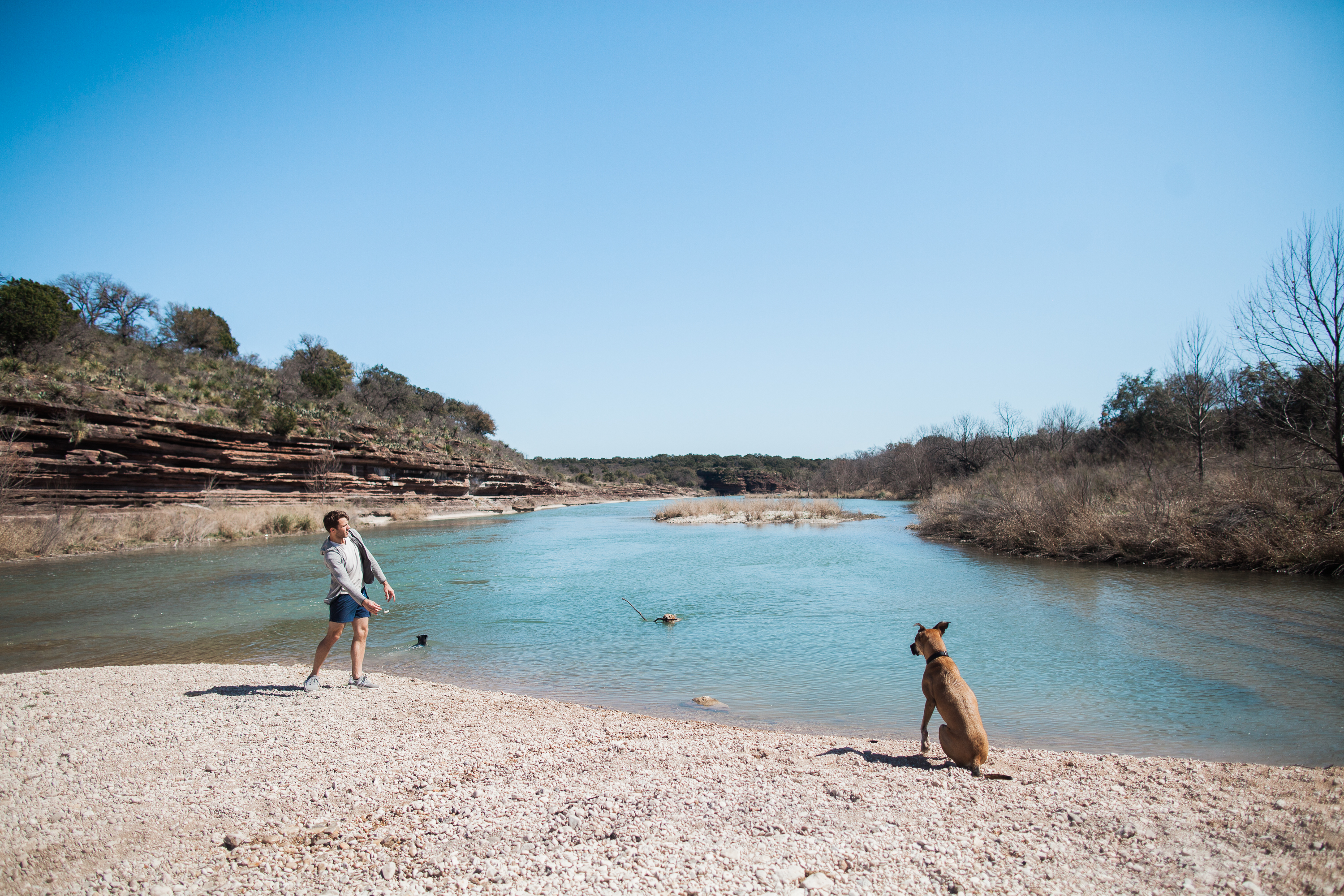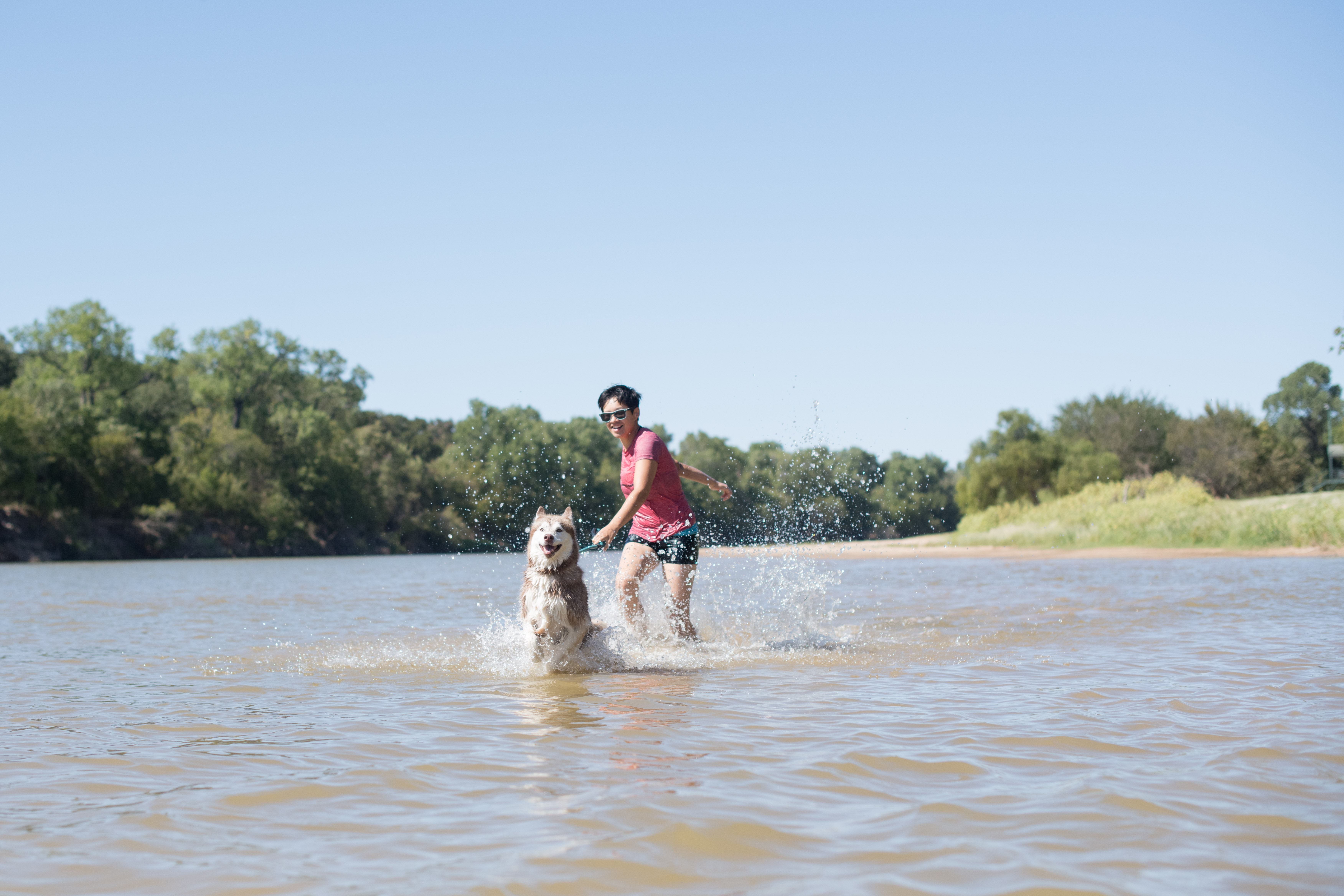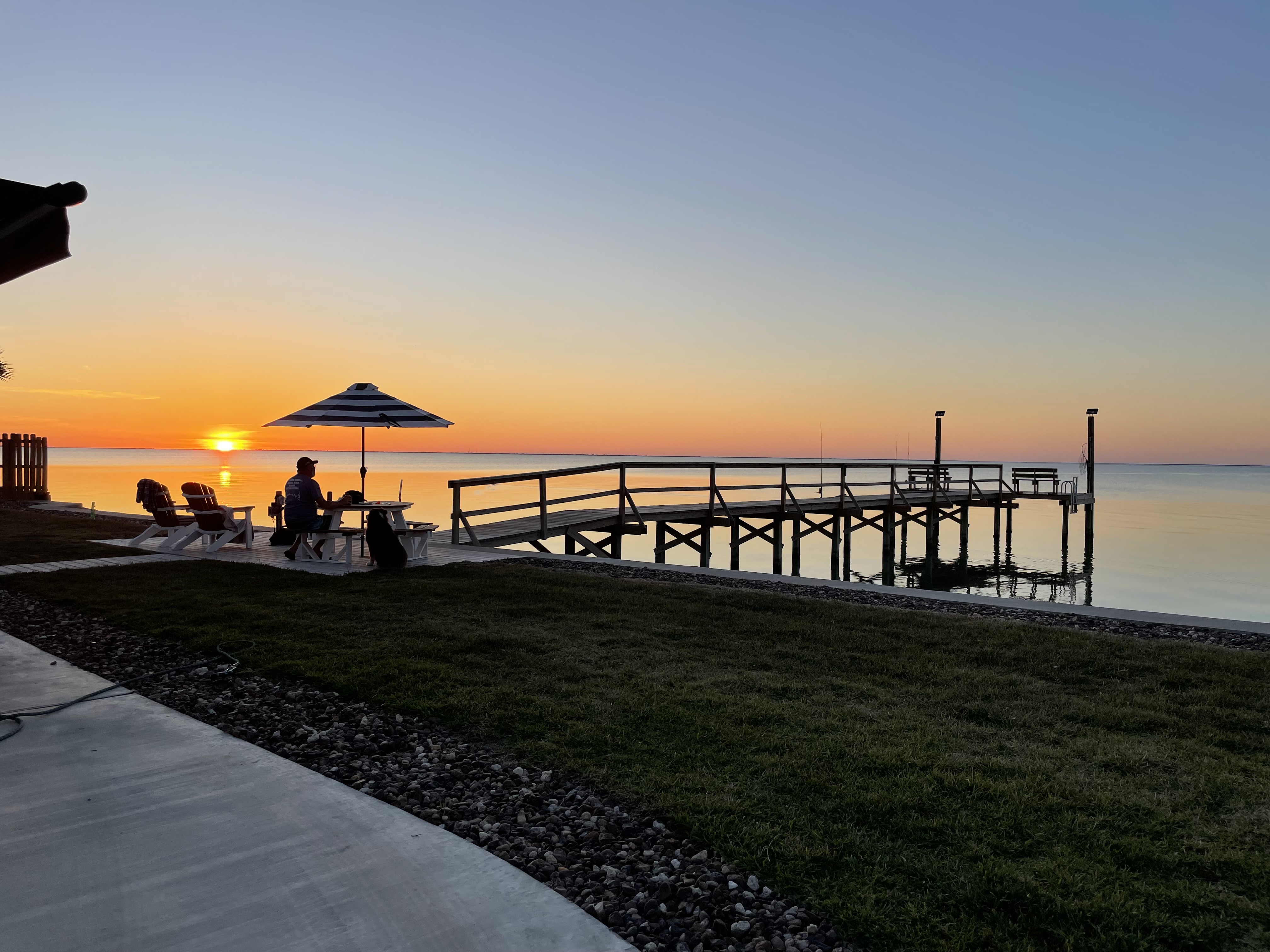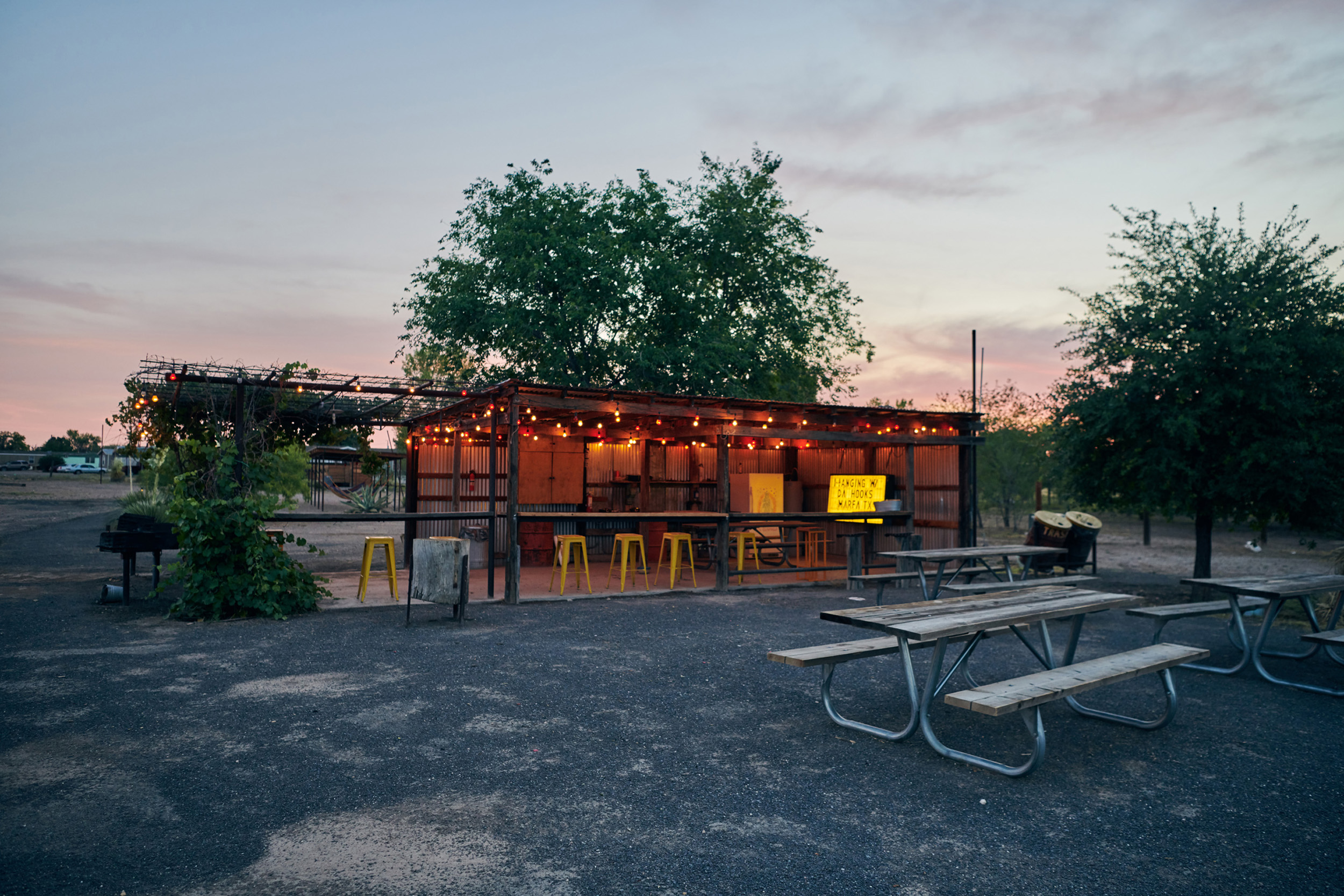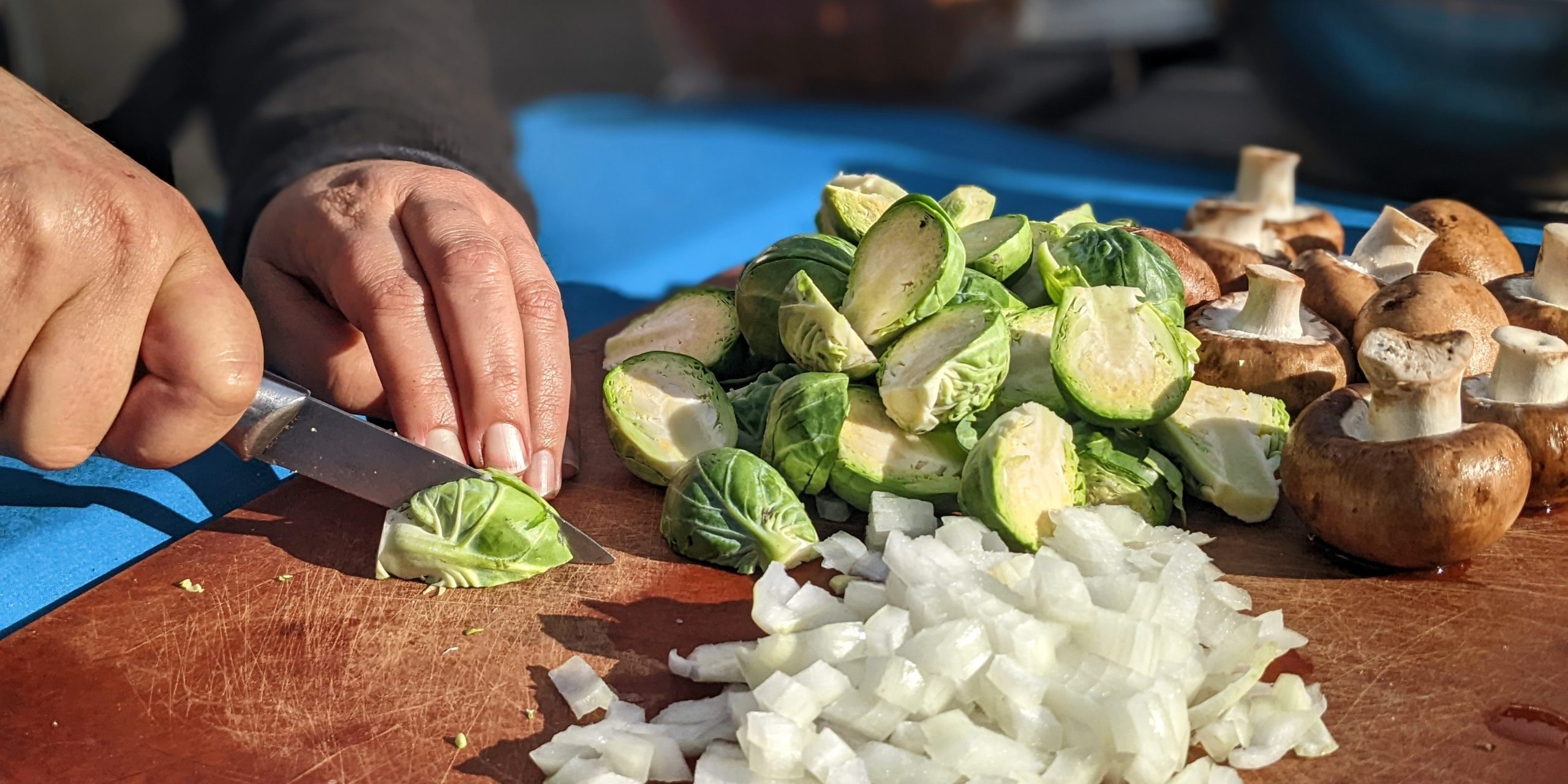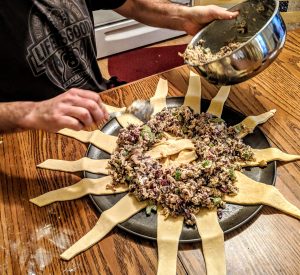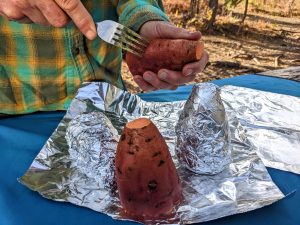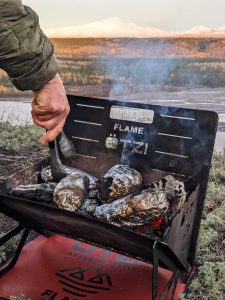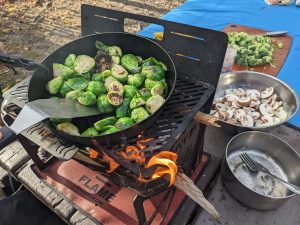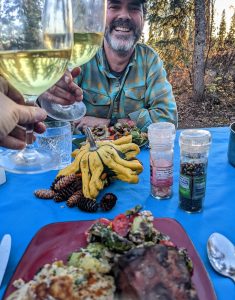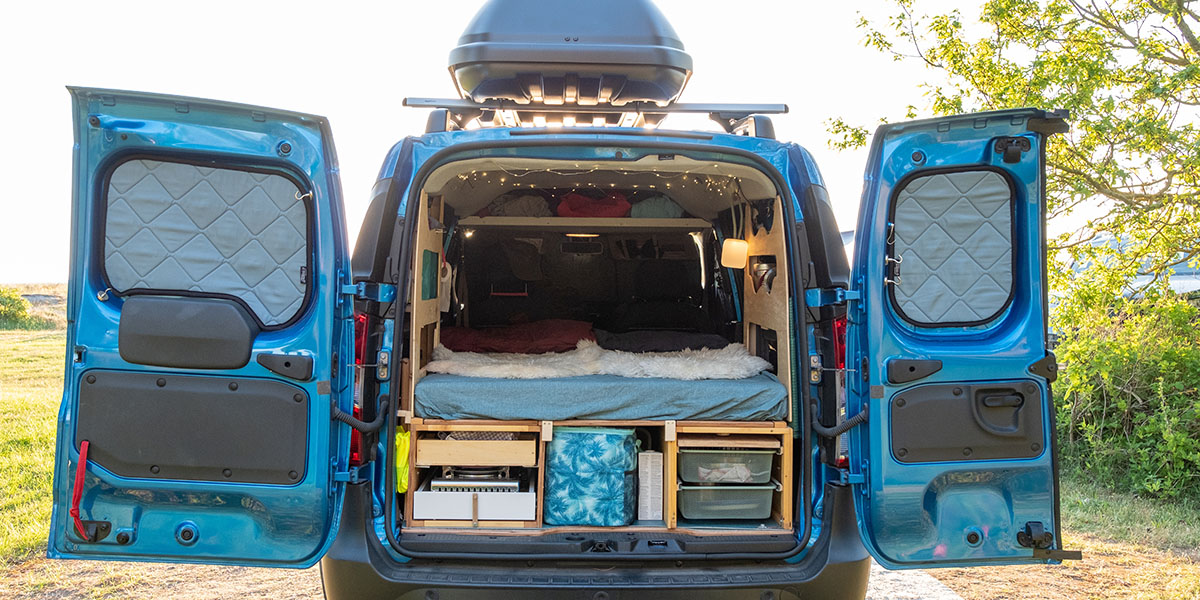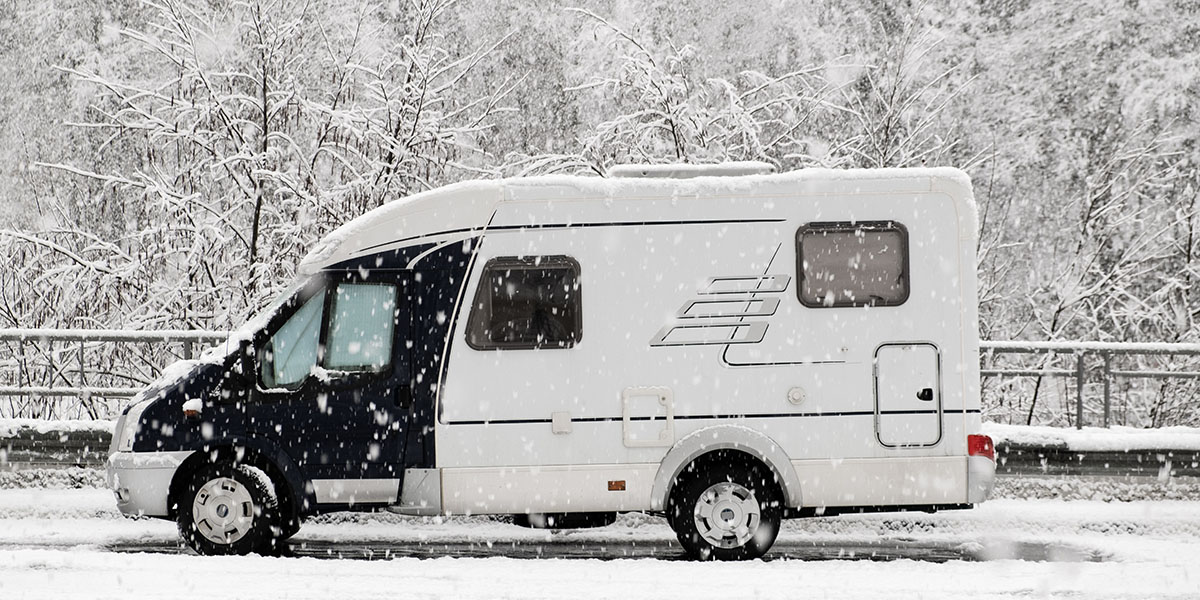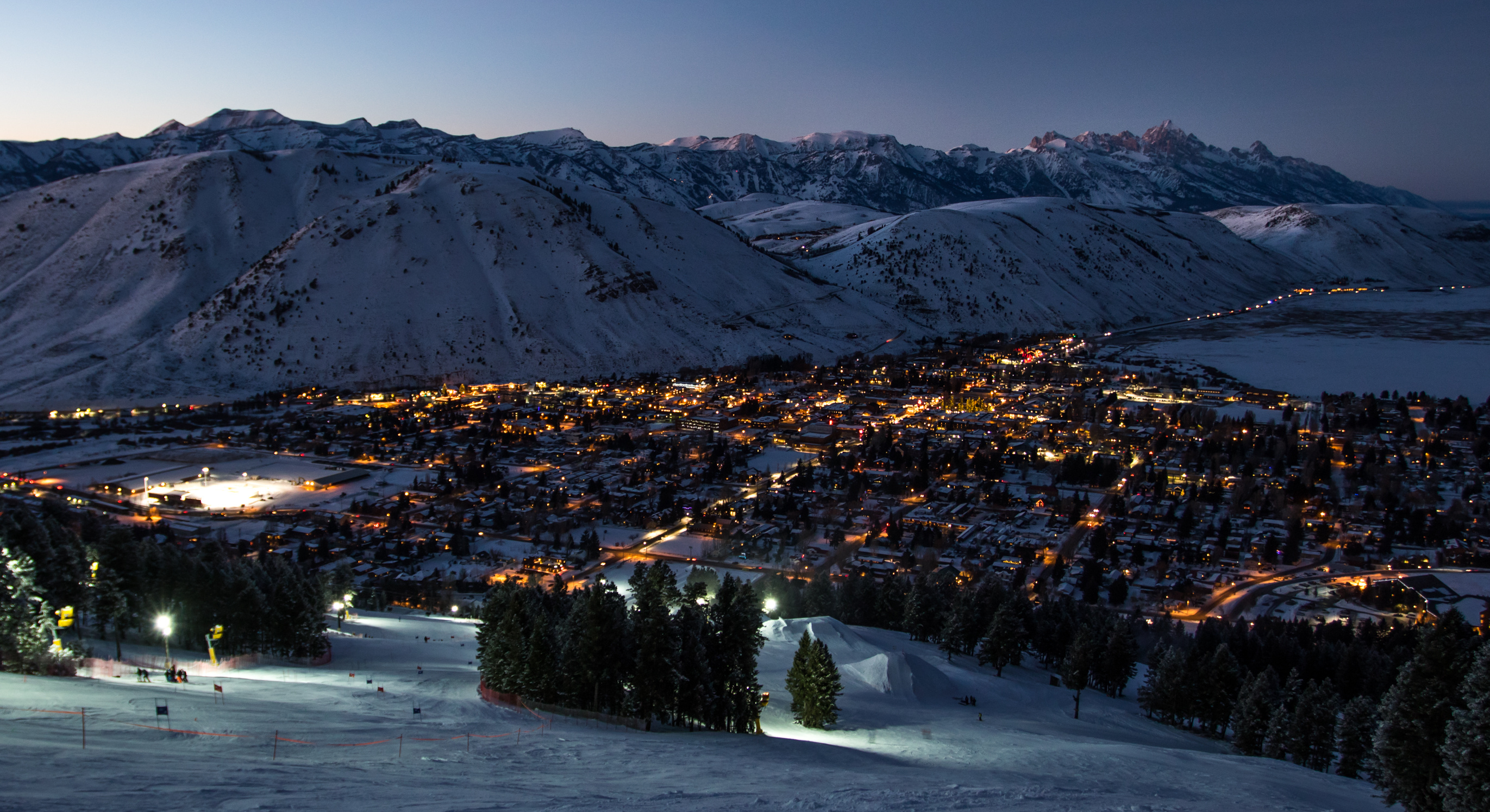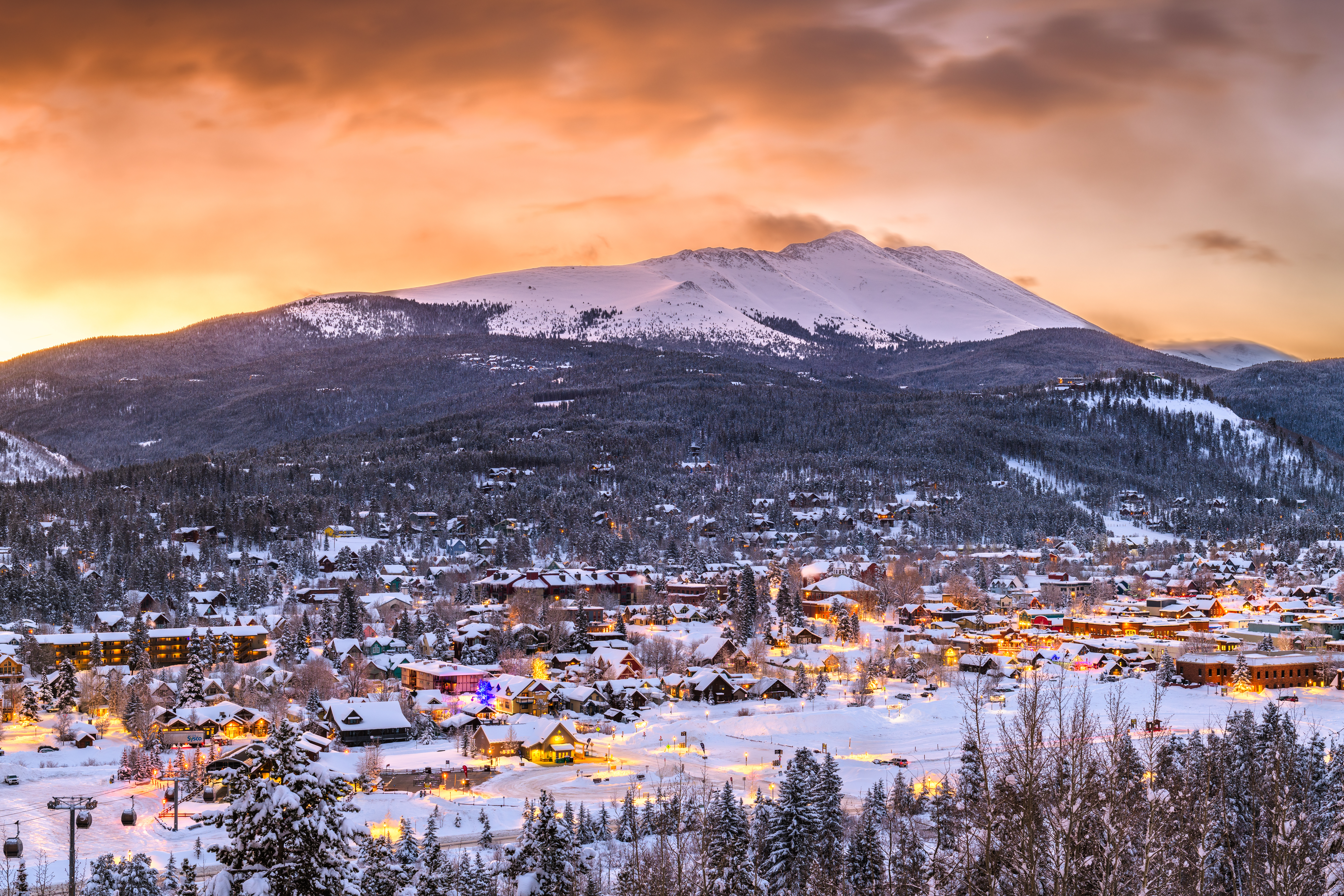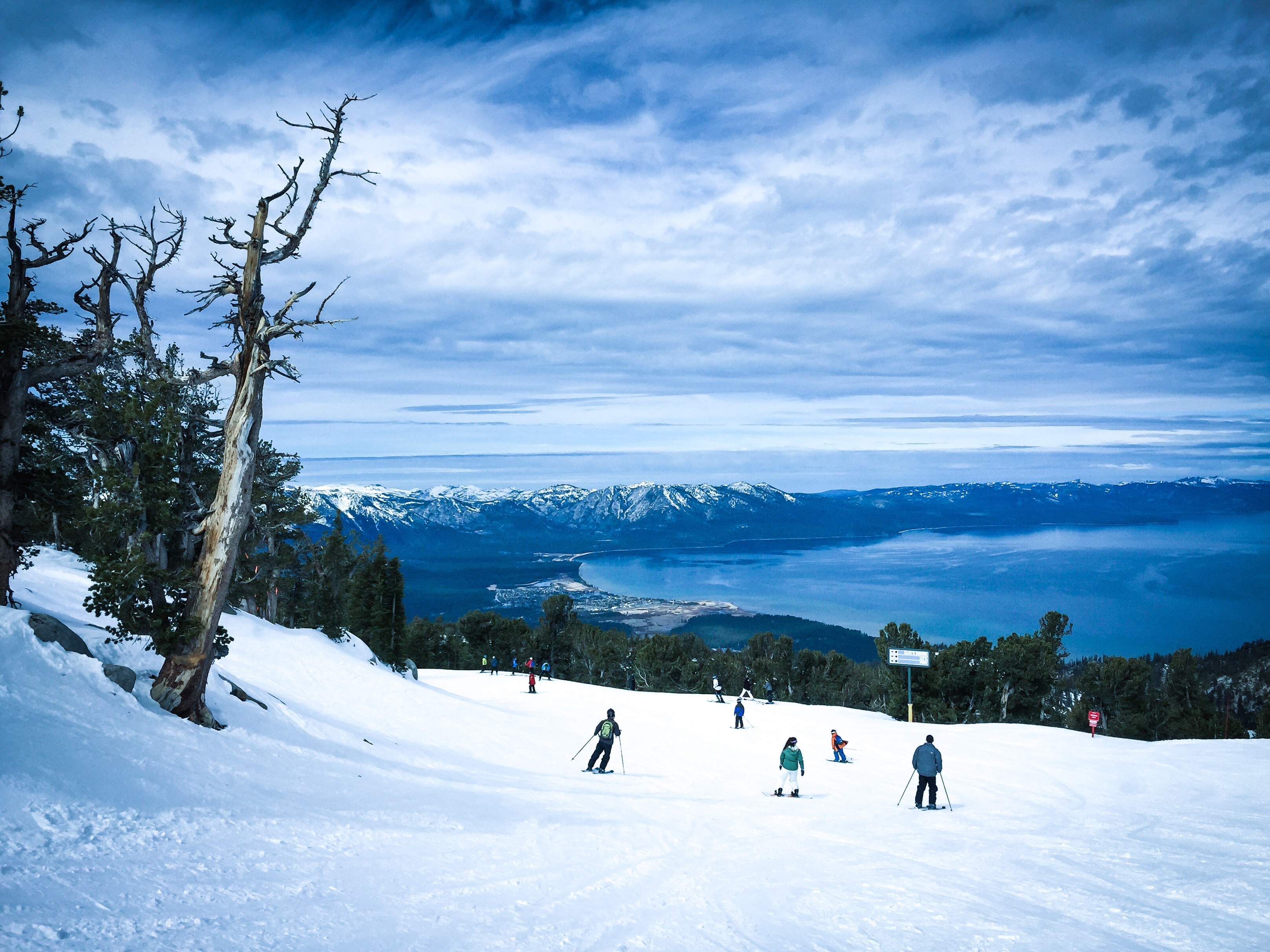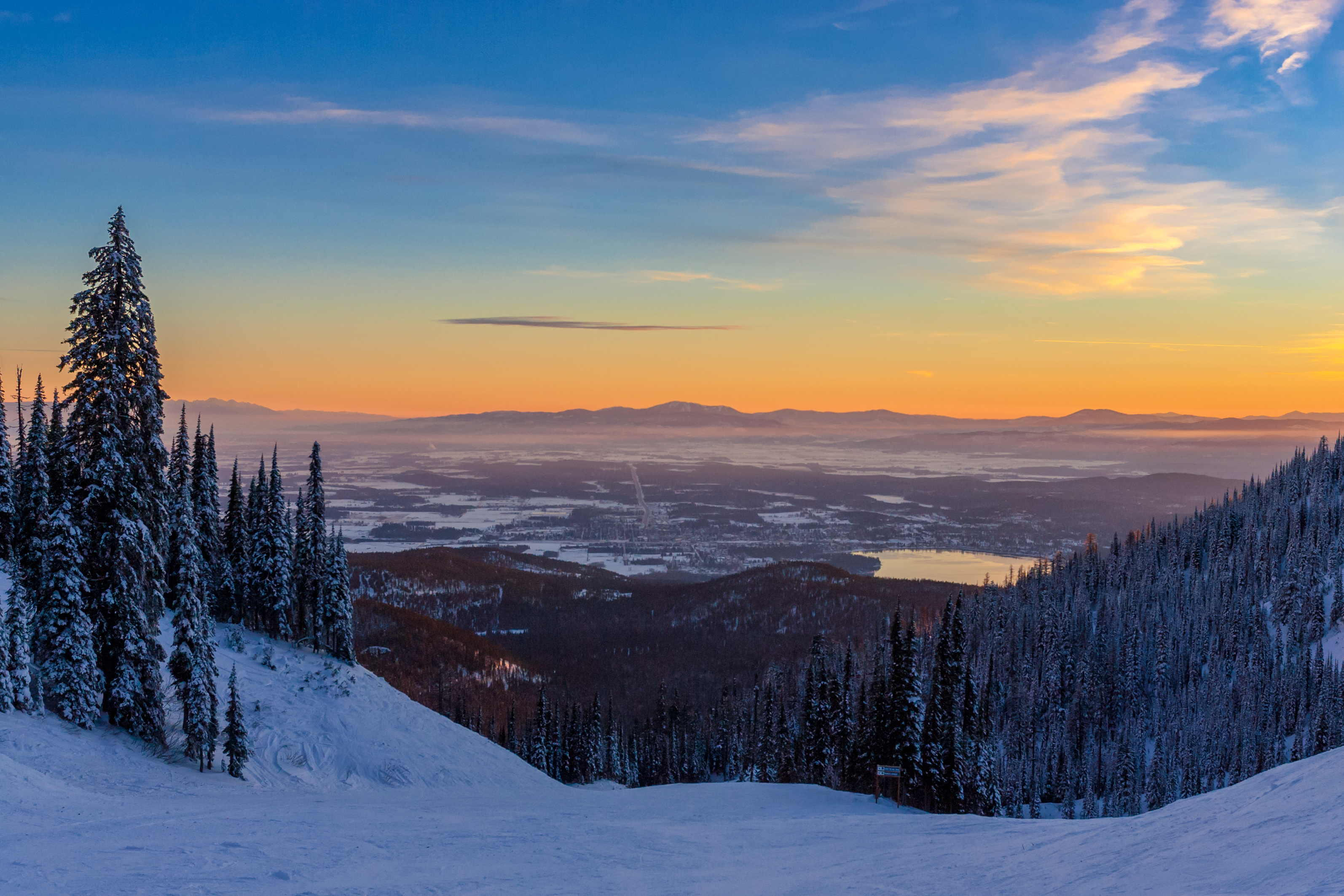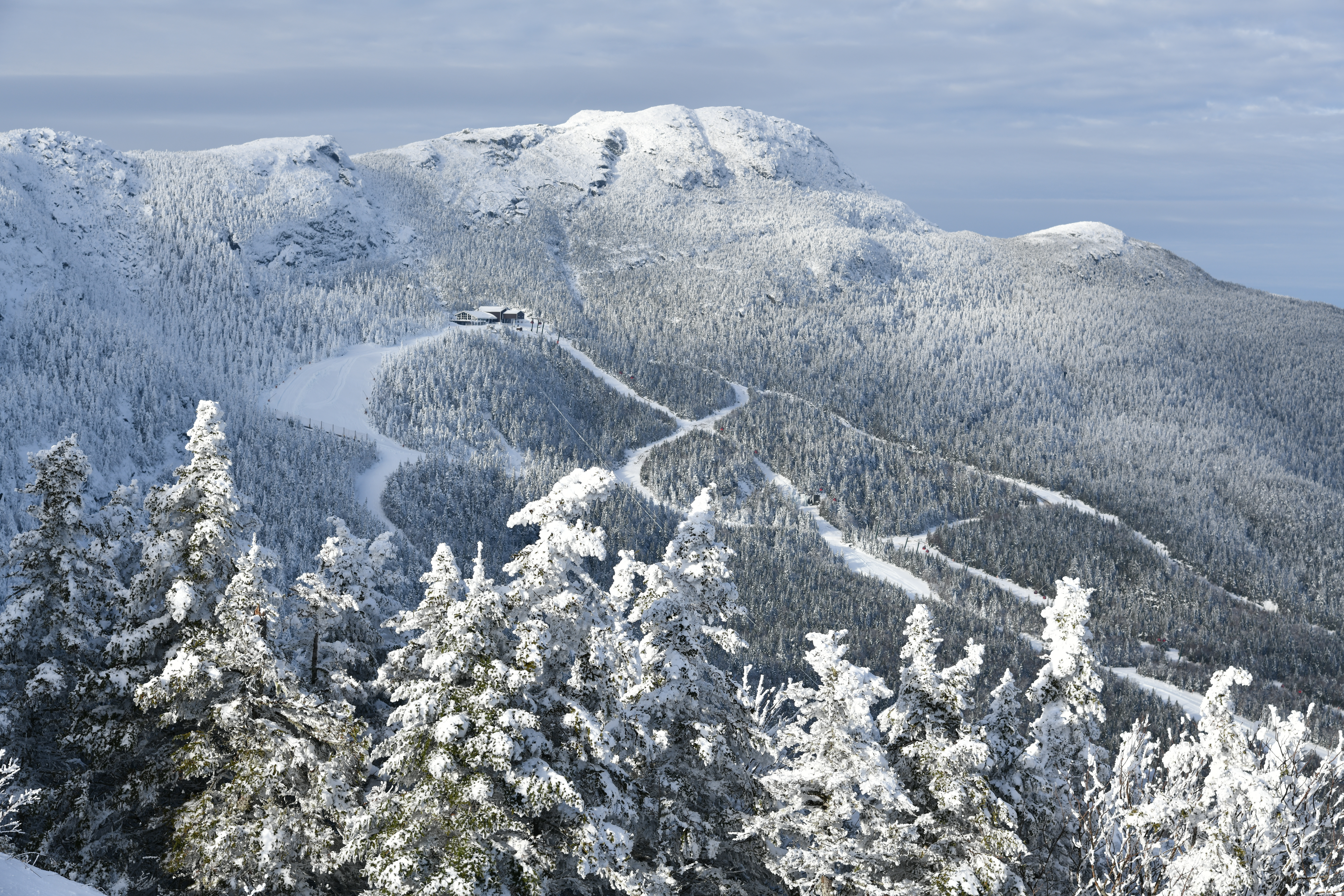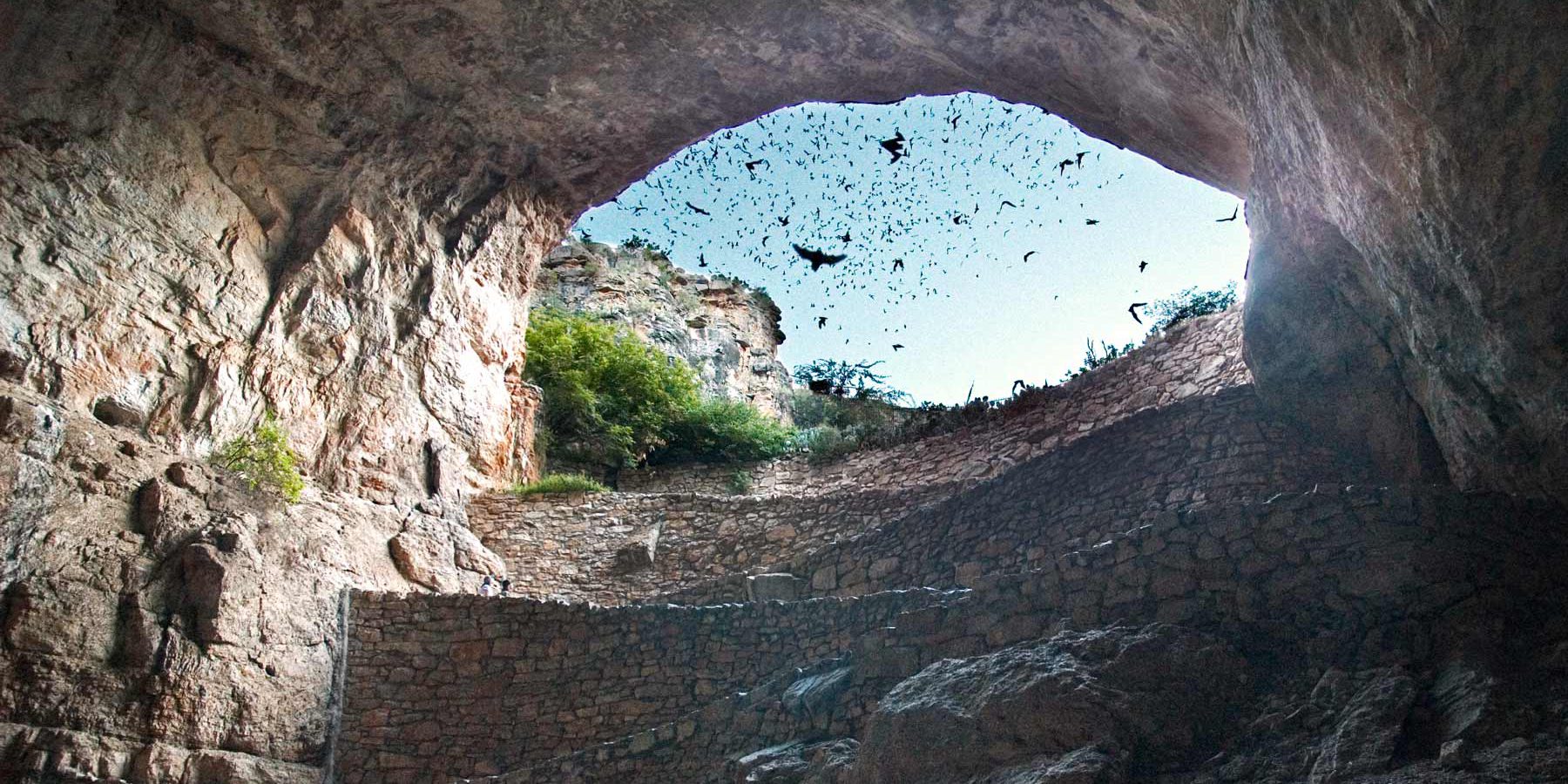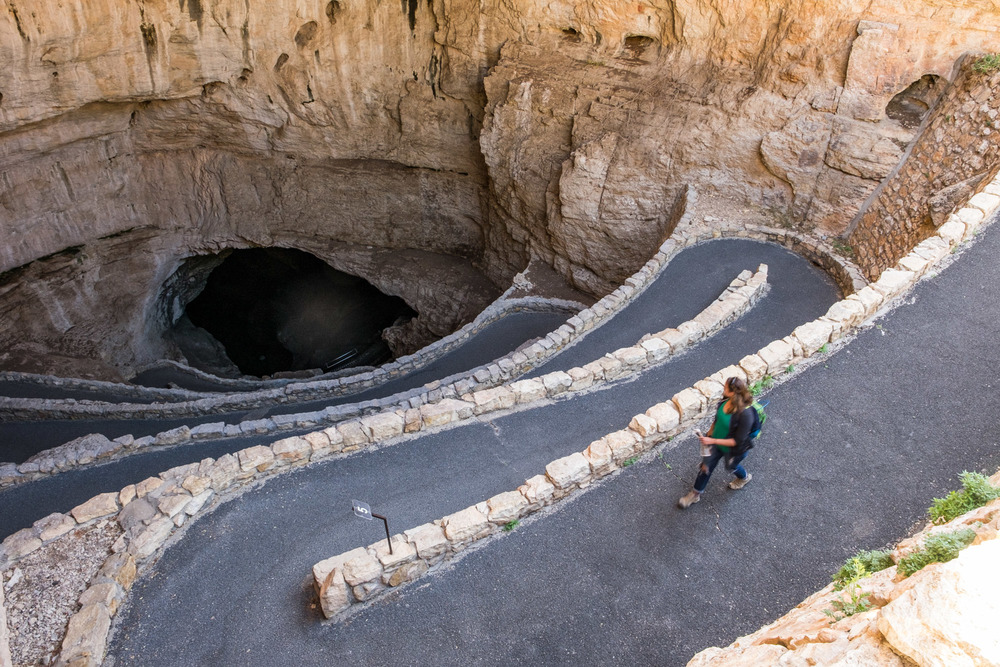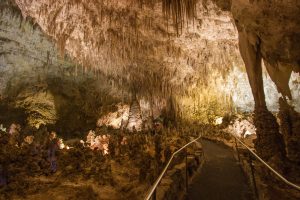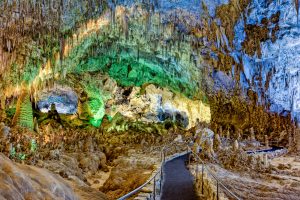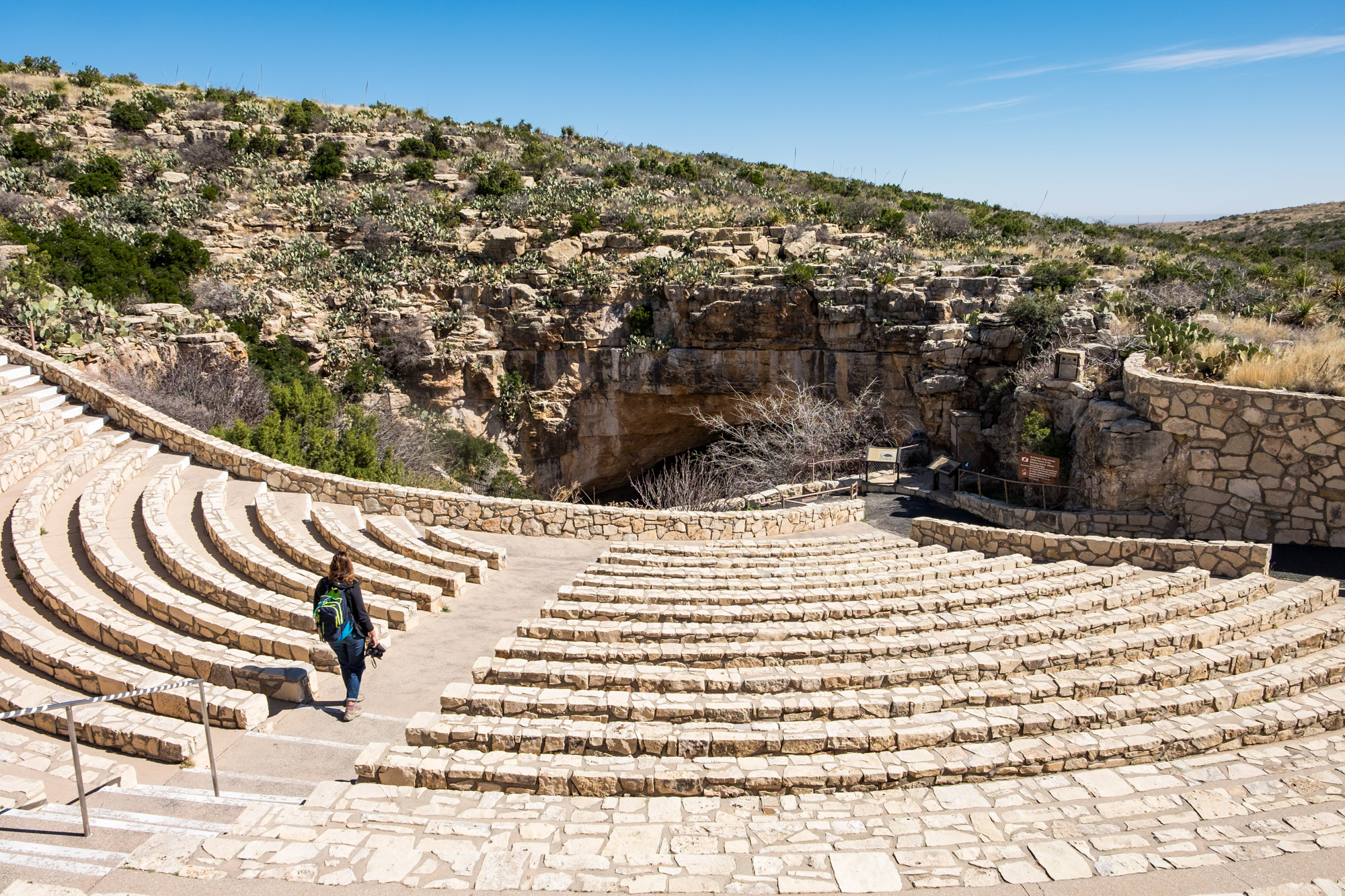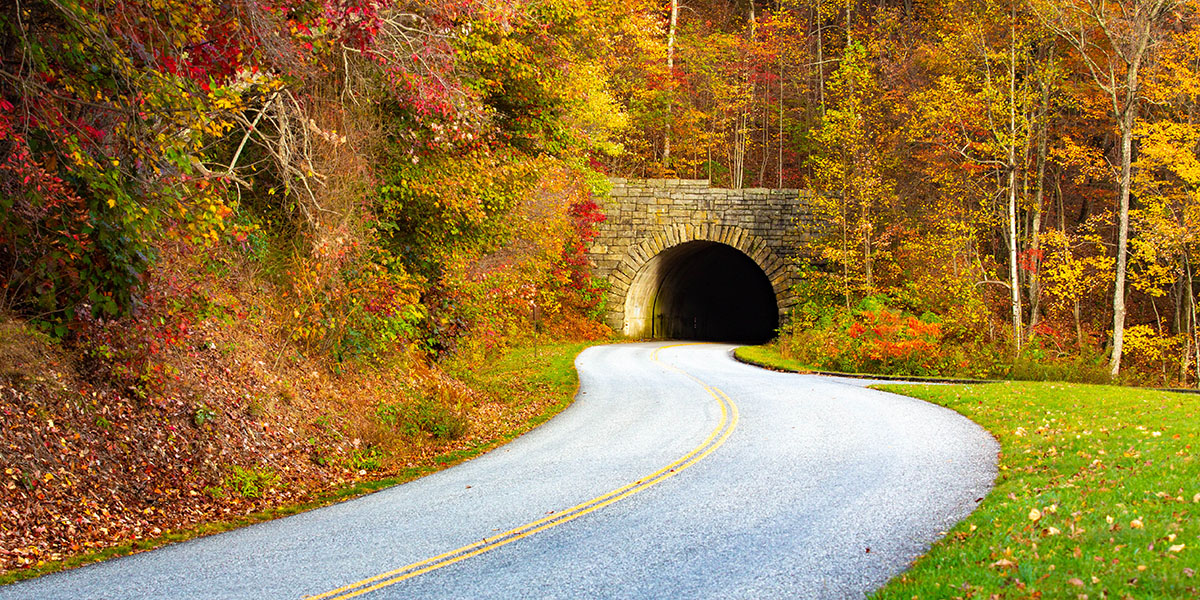Ask any RVer anywhere about tradition, and they’ll tell you that traditional doesn’t always equal memorable. In fact, doing something untraditional is a more surefire way to make a lasting memory. Hitting the road over the holidays is a great way to do that. Especially when the destination isn’t a distant family table. Rather, it’s the Grand Canyon. The red-gold splendor of the Shenandoah Valley. Or an epic hike that will take everyone’s breathe away. That’s the kind of holiday you’ll remember — and treasure — forever. But when you make that decision, one question still looms large: Where can we eat a holiday meal on the road?
Well, I have good news for you. Whether you’re blazing your own pilgrim trail or just jingling down the road, finding a cozy, hearty meal is not just possible. Your options are plentiful. America’s highways and byways are sprinkled with fantastic food stops that offer phenomenal feasts.
Here are our top choices for a holiday meal on the road — complete, of course, with convenient parking.
1. Cracker Barrel
This quintessential slice of Americana has been famous in the RV world for ages. Cracker Barrel is a road-trip classic known for its home-cooked Southern comfort food, cozy, and rustic vibe. (Plus, the brain-busting IQ tests that I can never quite master.) Every holiday season, their culinary geniuses serve up a special holiday menu that blends traditional flavors and down-home favorites. The food is as satisfying as it is familiar, offering a taste of home no matter your Zip code.
Expect classics like turkey breast with cornbread stuffing, sweet potato casserole, green beans, and cranberry relish. For dessert, their holiday menu usually features a spiced-up pumpkin pie or some flavor of cobbler to finish things off right.
Pro Tip: Cracker Barrel is famous among RVers for allowing overnight parking in many of its lots. This option, a non-Walmer version of “wallydocking,” means you can enjoy a meal, catch up on some shut-eye, and head out the next morning without hassle. Just be sure to check with the manager, as overnight policies can vary by location.
2. Pilot Flying J Truck Stops
If you think truck stops are just for snacks and quick coffee, think again, newbie! Pilot Flying J has stepped up its game in recent years. Their locations offer hearty meals in their dining areas that can hit the spot for a holiday meal on the go. They also now feature fast-casual dining options, including their signature home-cooked meals through partnerships with places like Denny’s and IHOP.
During the holiday season, you’ll find many Pilot Flying J locations sporting special turkey and ham dinners complete with sides like mashed potatoes, gravy, and green beans. While it might not be a candle-lit dining room, the meals are warm, filling, and a pleasant surprise for those rolling down the highway.
Pro Tip: Most Pilot Flying J locations have designated RV parking. Some even offer dump stations and water fill-ups, which can make your holiday meal stop doubly convenient as you fill up and then dump out. It’s almost poetic.
3. Buc-ee’s
No list of road trip favorites would be complete without Buc-ee’s. This Texas-based superstore is so much more than just a gas station that it’s almost a crime to call it one. Buc-ee’s is an amusement park for your senses. It has oversized parking lots, ginormous stores, and absolutely maximum holiday spirit. While Buc-ee’s doesn’t serve traditional holiday dinners per se, they have delightful smoked meats, perfectly suited to any meat-based meal need. And then there’s the jerky. (Don’t even get us started on the jerky.)
You’ll find plenty of Southern sides like mac and cheese or potato salad for perfect pairings. The dessert options are also plentiful, from hot nuts to walls full of classic candy, including some seasonal favorites.
Pro Tip: While Buc-ees may not allow overnight parking, the massive lot usually has room for RVs to maneuver comfortably. Stop by early, grab your holiday favorites, and keep rolling on to your next wallydocking spot.
4. Super Walmart
The Wallydocking namesake might not be your first thought for holiday dining, but hear us out! Super Walmarts nationwide are well-equipped with delis that offer a wide range of hot foods, ready-to-eat items, and even full holiday meals that you can take back to your ‘docked RV. Many Super Walmarts offer premade holiday dinners, complete with turkey, ham, mashed potatoes, stuffing, and green beans —all you have to do is heat and serve.
Pro Tip: If you’re feeling a little more DIY, you can grab everything you need to make a simple holiday meal right in your RV kitchen — many Walmarts stock smaller turkeys, pre-cut veggies, and sides that can be cooked on the go. And don’t forget Walmart’s bakery section—a gem for the budget-conscious traveler.
5. Local Diners and Roadside Cafes
One of the joys of traveling in an RV is the freedom to explore unique and unexpected places. While big chains are convenient and predictable, there’s something extra authentic to the road warrior experience about discovering a local diner or roadside cafe that’s serving up a holiday meal with a little extra heart.
Check out Yelp, the ultimate foodie app, to find diners along your route that have high ratings, where anything that’s four stars or better is going to be a great option.
Pro Tip: Local diners may not always have space for RV parking, but small-town hospitality can be incredibly accommodating. Call ahead, and you might just find they’re more than happy to save a spot for you, or at least point you to an overnight-friendly parking lot nearby.
6. Bob Evans
For a cozy, homestyle holiday meal that’s easy to find on major highways, Bob Evans is a fantastic choice. Known for its comfort food and warm atmosphere, Bob Evans goes all out for the holidays, offering seasonal meals just like at Grandma’s. Their holiday menu always includes the classics. And if you’re feeling a little indulgent, you can add on one of their special holiday-themed desserts.
Pro Tip: While Bob Evans doesn’t typically offer RV parking overnight, they’re usually located close to larger lots where you can park, eat, and then move along to a more RV-friendly spot for the night.
7. Golden Corral
Is there anything more ‘Merican than the buffet? Especially during the holidays, when they pull out all the stops. At Golden Corral, you’ll find all-you-can-eat turkey, ham, mashed potatoes, stuffing, and an endless dessert selection to keep the holiday spirit going. It’s a great option for families or groups looking for variety and quantity on a budget.
Pro Tip: Like Cracker Barrel, Golden Corral is known as being very RV-friendly. Just check in with the manager to make sure that it’s OK before you overnight park at a location.
*****
Celebrating the holidays in an RV doesn’t have to mean sacrificing the warmth and tradition of a great holiday meal. Like everything in life, it’s all about the attitude you have while you dive in. Just remember to plan ahead, keep an eye out for wallydocking options, and savor a unique holiday meal on the road — especially the memories you’re making.

